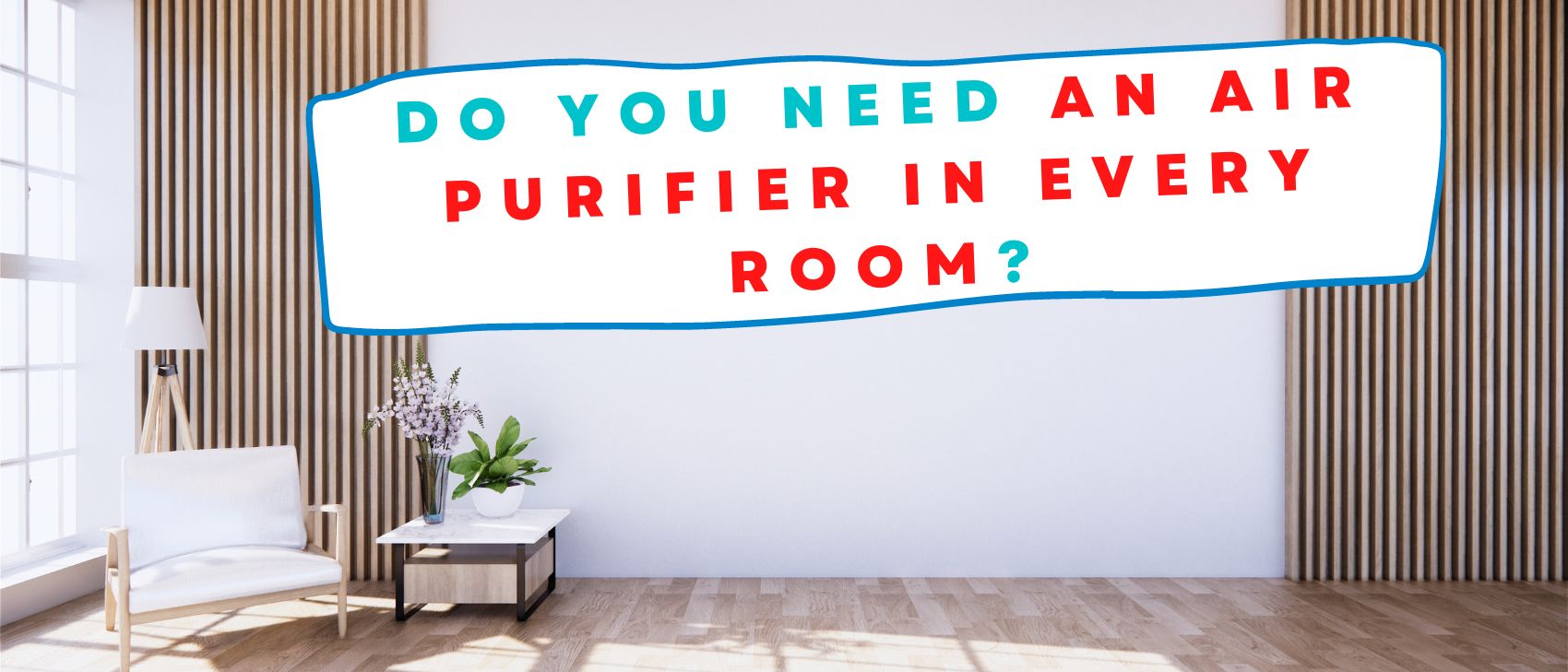Most people don’t need an air purifier in every room. However, if you have allergies or asthma, you may want to consider placing one in your bedroom and living room. Additionally, if someone in your household smokes cigarettes, it’s good to have an air purifier in the same room as the smoker. This will help to remove some of the harmful pollutants from the air.
How can you tell if you do need more air purifiers?
There are a few things you can do to test the quality of your indoor air for yourself. One is the incense test: light an incense stick and holds it near different room areas. If the smoke wavers or is pulled away from the incense, it could be a sign of poor air quality.
Another way to test indoor air quality is with a candle. Could you light a candle and then blow it out? If the flame flickers or there’s smoke, it could signify that your indoor air is polluted.
If you notice any of these signs, it’s good to invest in an air purifier. Air purifiers can remove pollutants from the air, making it safer and easier to breathe.
How many air purifiers do you need?
The answer to how many air purifiers do you need comes down to 2 factors:
1.) The size of the space that you need to purify;
2.) How polluted is space.
To help give you a better idea, let’s break down these two factors in more detail
1. The size of the space that you need to purify:
To work starts with understanding the size of your room. The next step is to determine the air exchange rate, or how quickly fresh air replaces the indoor air. This will give you a good idea of how much outdoor air you need to bring in to maintain indoor air quality. The final step is to calculate the air filtration rate or how quickly the air is cleaned. This will help you determine the size and type of air purifier you need to keep the indoor air quality reasons.
It works like this: Volume (indoor air) = Indoor area (in sq ft) x Ceiling height (in ft)
For example, if your indoor area is 1,000 square feet and your ceiling height is 8 feet, your air volume would be 8,000 cubic feet. To calculate the number of ACH, you need to know the total air volume of your home and how often you want the air to be completely exchanged. For most homes, 4-6 air changes per hour are sufficient.
So, if you have a home with 8,000 cubic feet of air and want to exchange the air six times per hour, you would need an HVAC system that can circulate 48,000 cubic feet of air per hour.
2. How polluted it is:
If you live in an area with high pollution levels, you may need more than one air purifier. This is because the higher the pollution level, the more air purifiers you will need to filter out all of the pollutants from the air.
After considering these two factors, you should be able to determine how many air purifiers you will need for your home. Remember, though, that this is just a general guideline. For optimal results, it would still be best for you to get an air quality tester to see precisely how polluted your home is and how many air purifiers you will need to get the job done.
In summary: Do I need an air purifier in every room?
The quick answer is no. You don’t need an air purifier in every room. However, there are certain situations where it might be beneficial to have one in each room. If someone in your household suffers from allergies or asthma, it might be helpful to have an air purifier in each bedroom and the main living area. Or, if you live in an area with high air pollution, you might want to consider purifiers for each room.
Ultimately, how many air purifiers to have and where to place them depends on your individual needs and circumstances.

Leave a Reply
You must be logged in to post a comment.